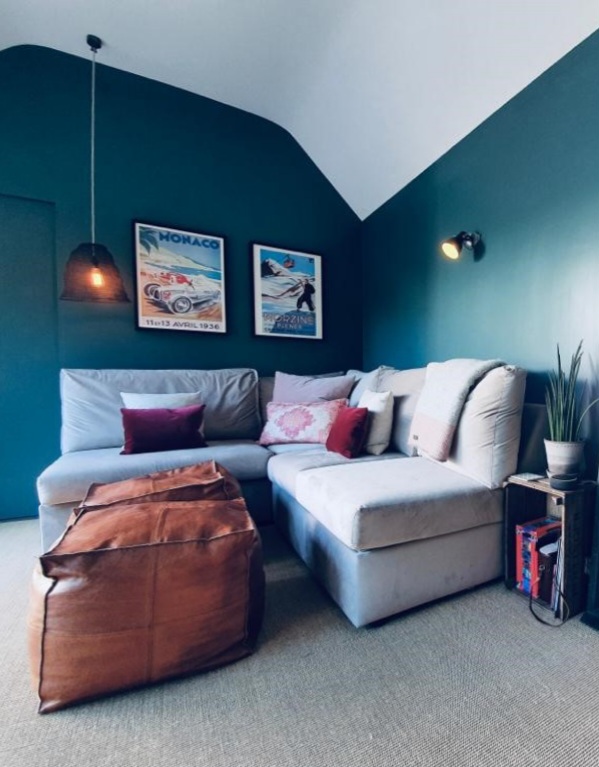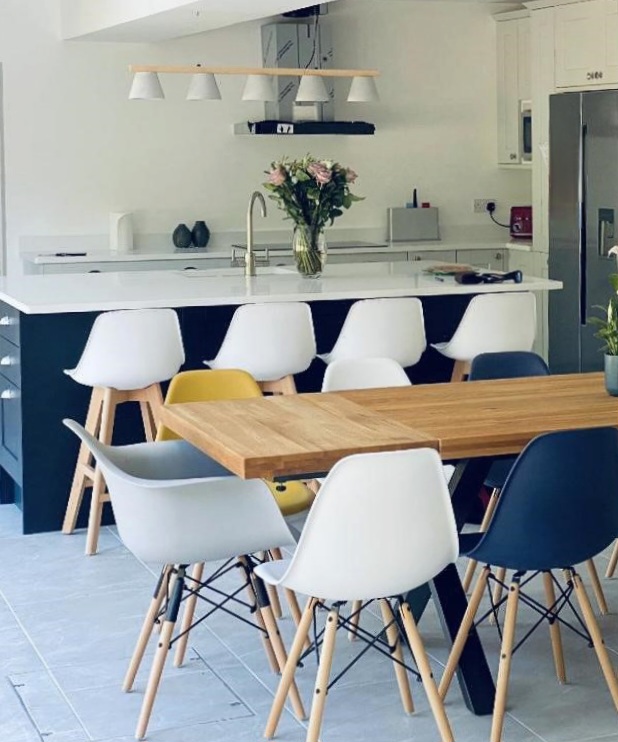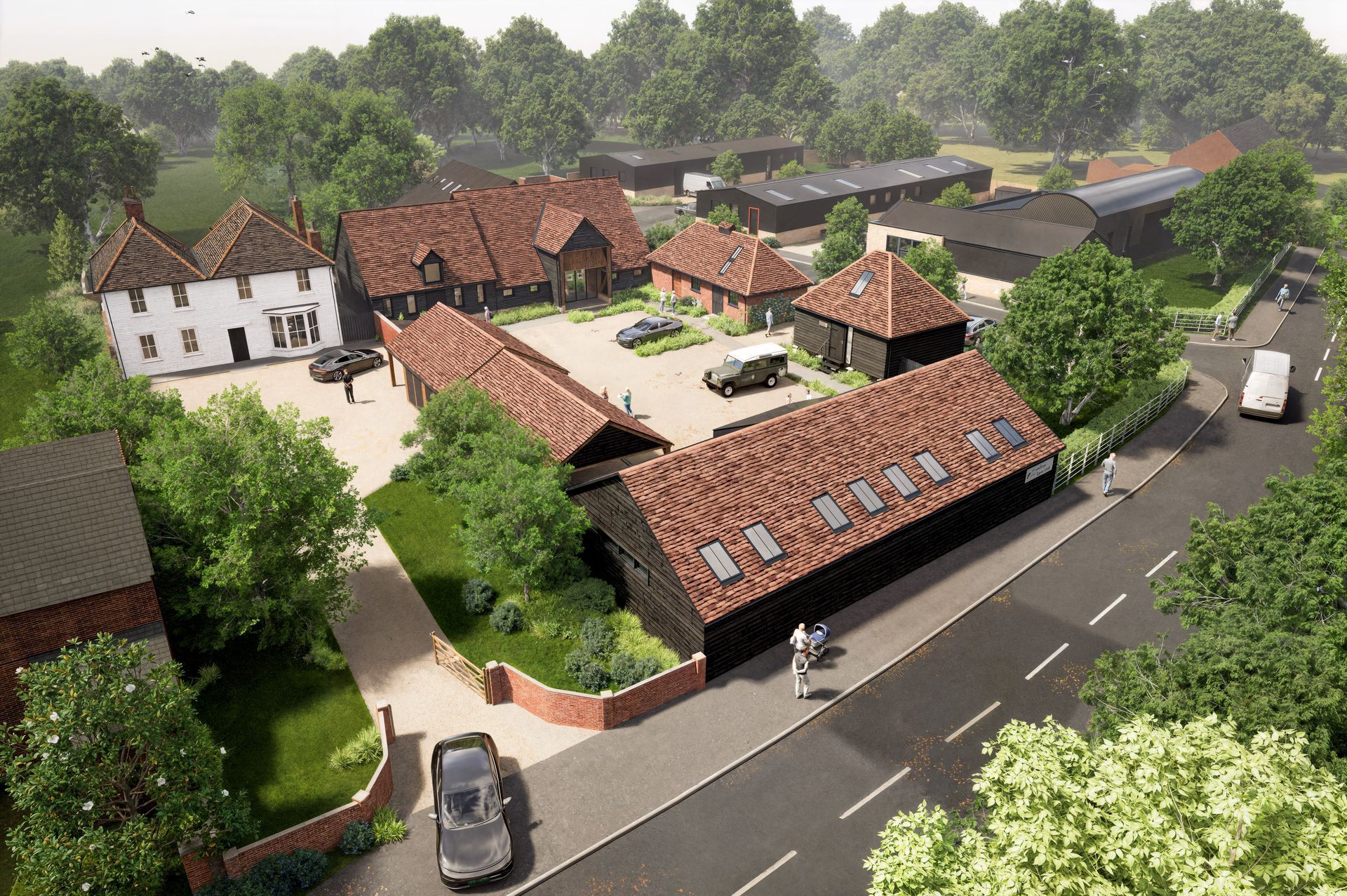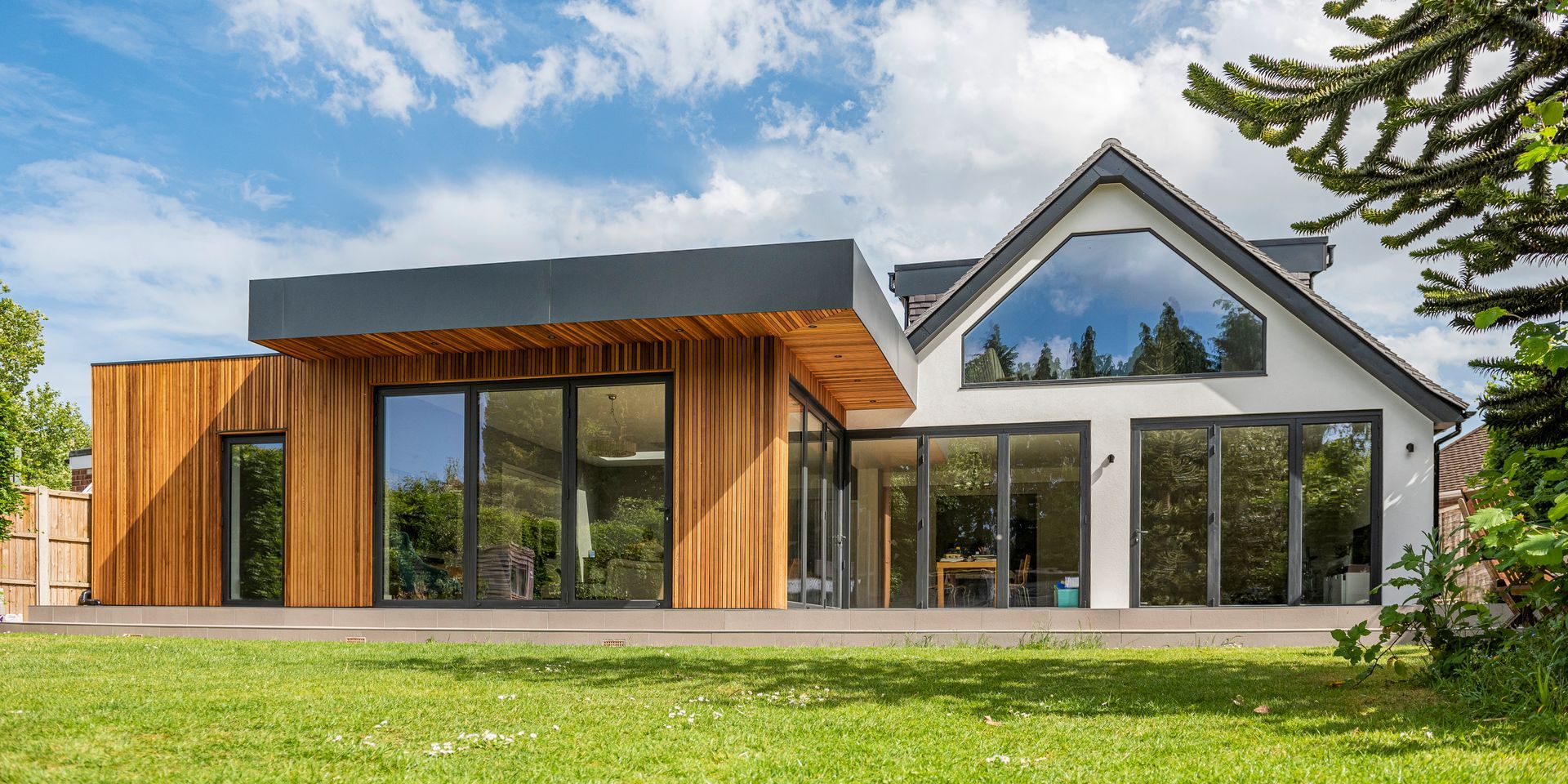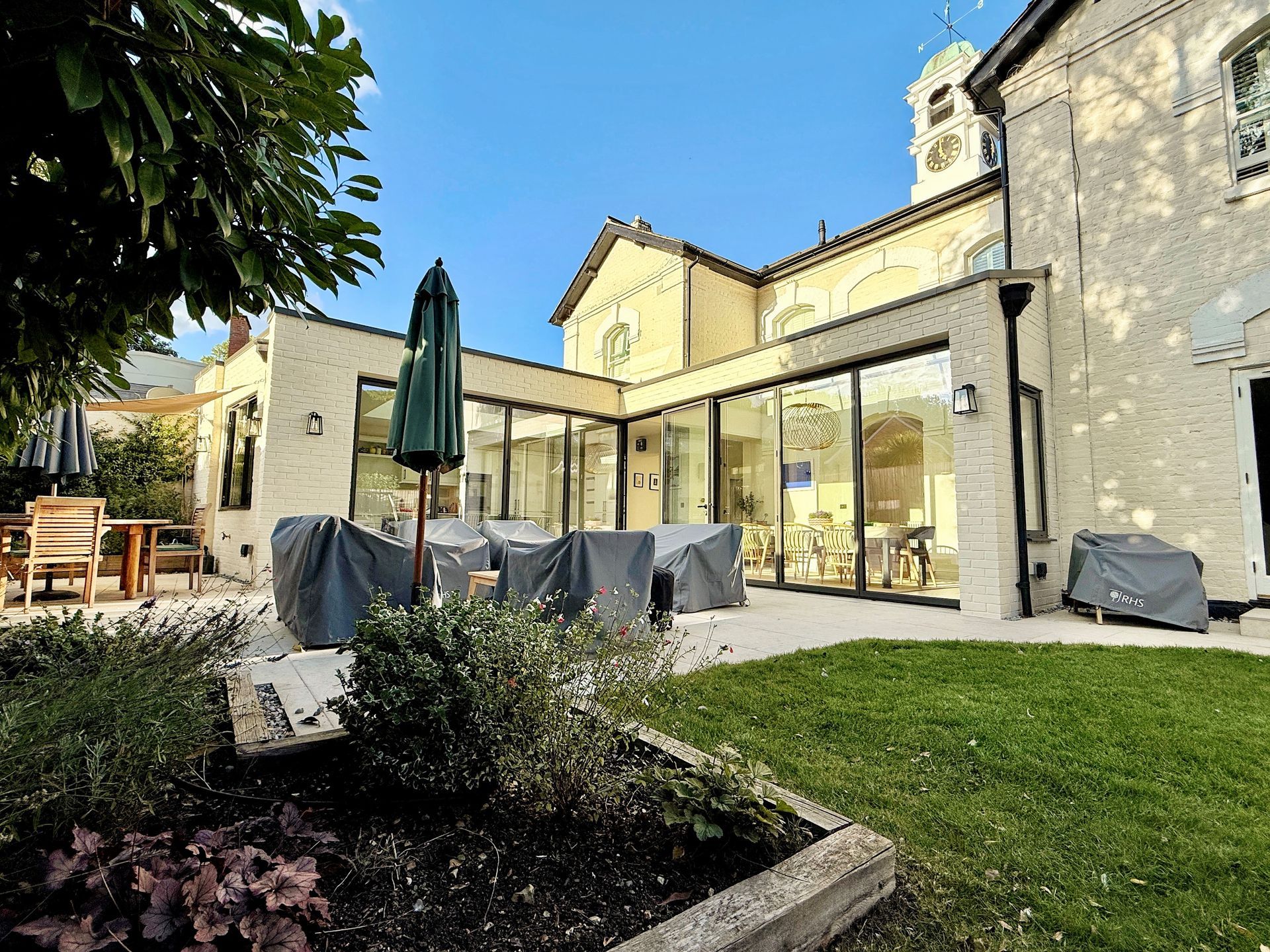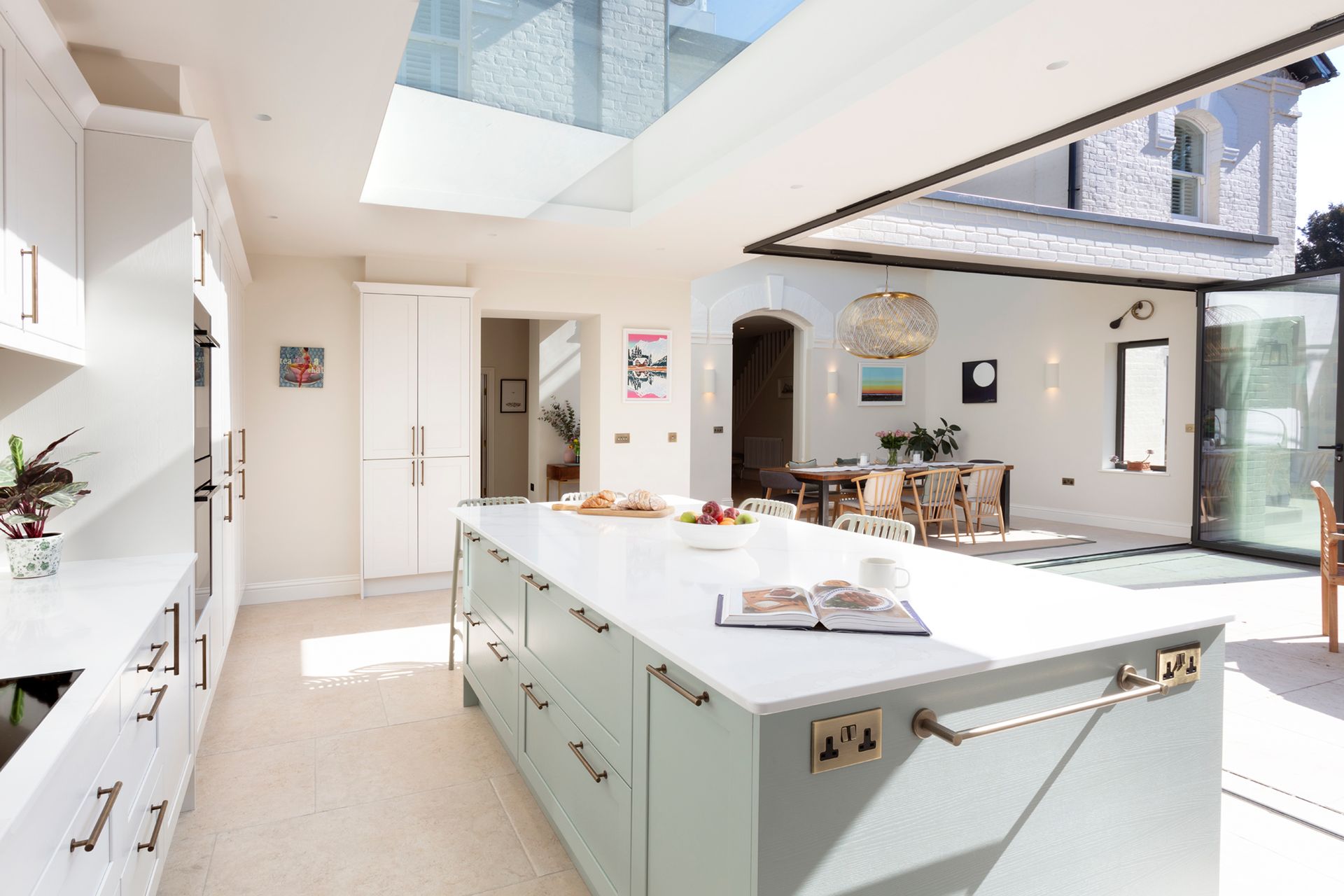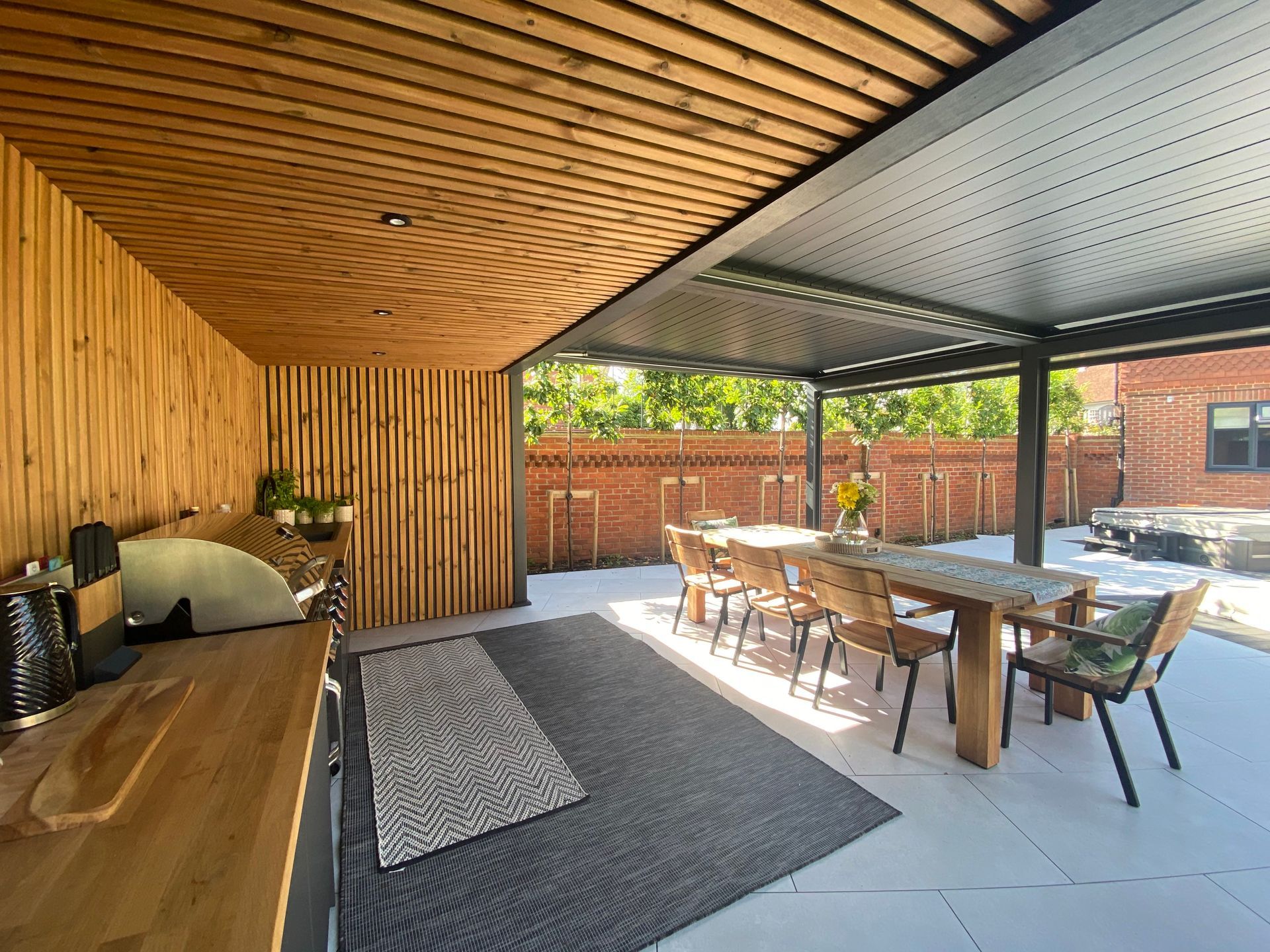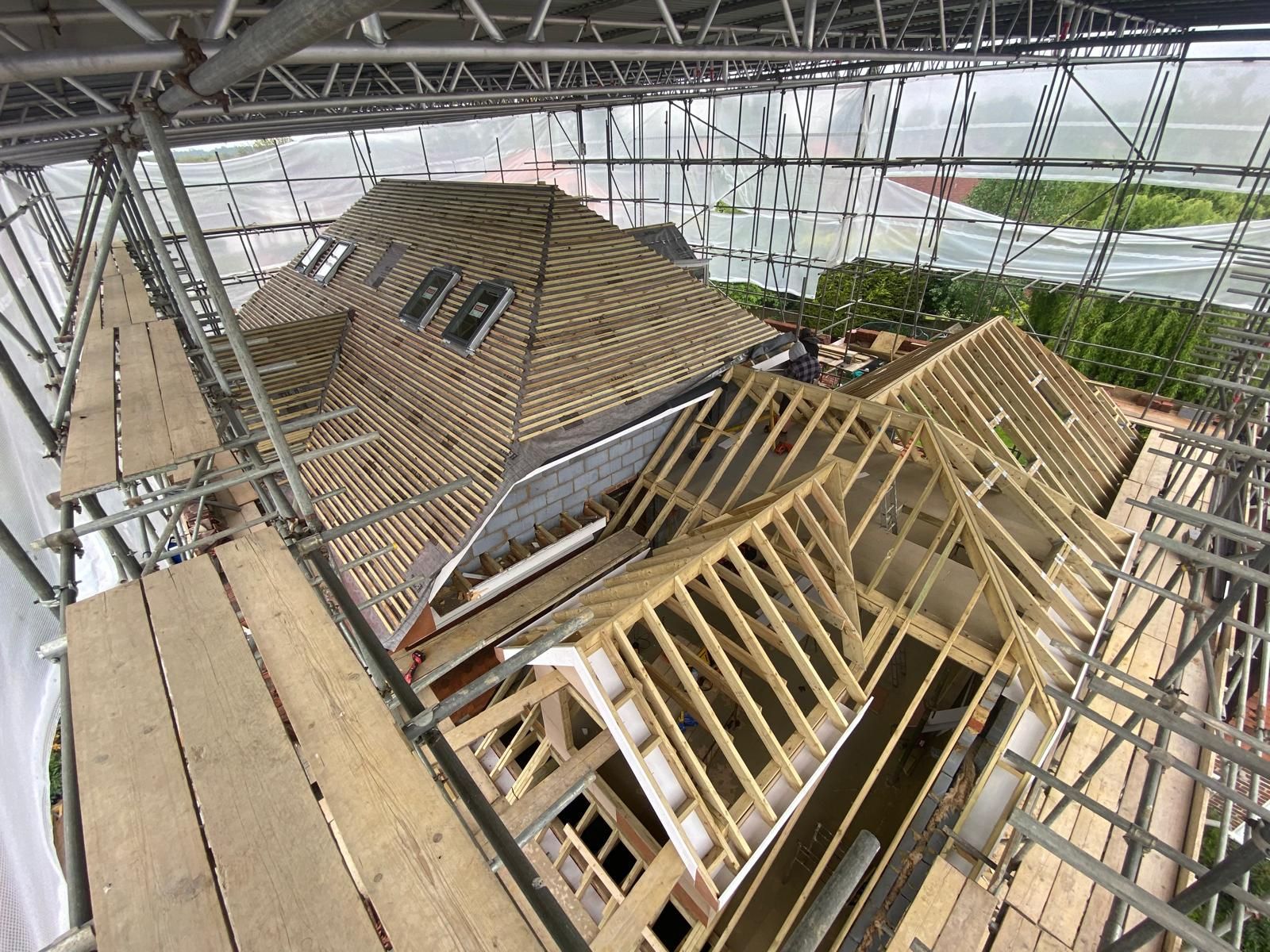A GUEST BLOG by Katy: When should I engage an interior designer?
We’re always thrilled to work with specialists, especially when they’re as passionate and skilled in their field as we are.
Katy Mitchell is an experienced interior designer who kindly offered to write a guest blog for us. Please have a read and learn why it might be worth hiring a professional to make sure the inside of your home will be as beautiful and well crafted as the parts, which we’ve created.
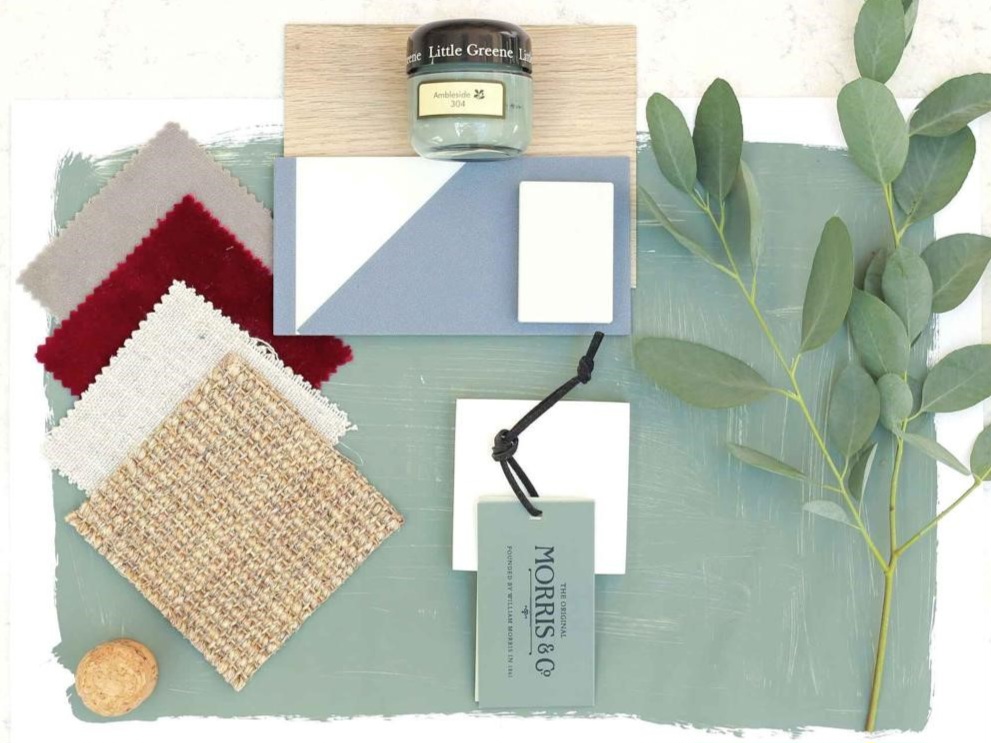
Many people ask me where an interior designer fits in the design process when they first start thinking about a project. Should they wait until they are ready to start furnishing their new home? Should they wait until they are ready to decorate? As a designer I am always excited when a client engages me at the very beginning of a project. That way I can work in conjunction with the client and architect to create the perfect home. After all, the interior is what you will be ultimately living in, what you will come home to after a hard day at work and where you family will make special memories. I may be biased but to me the interior should be given as much thought as the layout and build process and should definitely be given a big enough budget. So many times, my clients get to the end of their project and have to compromise on the interior fit our due to financial constraints.
I love working with architects such as Artichoke. They are experts at designing the building and spaces and I love to hear their ideas and see them come to life. What I want for my clients is for the space to ultimately work as a home for them and their families. As a designer I consider the ‘softer’ details. Where will the dog sleep at night, what about Grandma staying as she gets older or futureproofing the house for a growing family? For me it is essential at the very early stages you start to think about how you want your home to function and what you what from it, these are of course things that the architects will also consider but at a more spatial level, where as I love scrutinizing every last colour, texture and pattern as well! For me the home is so important to your personal happiness and contentment that getting it right, for you, can make all the difference. Having a place to be calm and relaxed, or a space to exercise or just a space to come together with family. Whatever is most important to you the home is the place to do it. After all, home is where the heart is!
Once we have had discussions about how the home will work for you it is important to consider the furniture items you will have in your space at an early stage. As a designer I can then work with the architect to position these items on the floor plan and this in turn enables smart and calculated decisions to be made about positioning of sockets, lights, radiators, bathroom fittings etc. The most frustrating thing for me is when my clients get to the end of a project and there isn’t an outlet for a lamp, or the sideboard doesn’t quite cover up the sockets. Often, I find radiators get in the way and we have to put sofas in front of them which prevents them from functioning at maximum efficiency (which is the last thing you would want in today’s climate!). Getting the layout of furniture right from the very early stages can avoid any of these mistakes. Working closely with the architect to get these items positioned carefully on working drawings can make the whole process much more seamless as everyone, including the builder and all the tradesmen, knows exactly what they are doing.
So my advice is engage the designer early, take notice of their ideas even if it does seem like a world away that the furniture will actually be delivered. Then throughout the process have this layout in mind. Clear and careful early planning will make the build process easier and may even save you money by stopping you make expensive mistakes!
Needless to say, feel free to get in touch directly or via Artichoke if you have a project in mind that you’d like to discuss!
Katy M x
